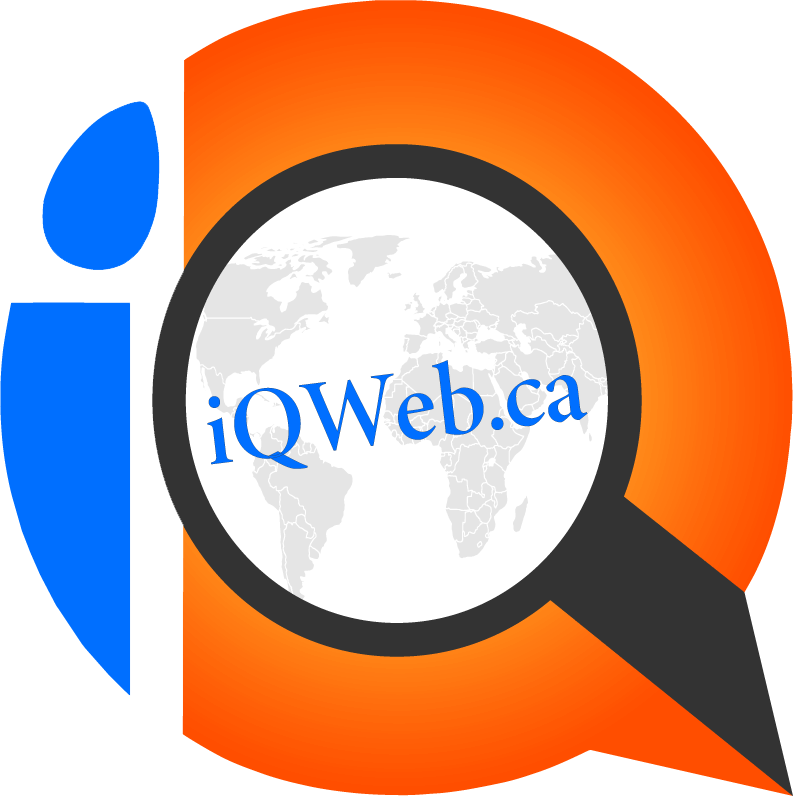Introduction to Digital Media Digital media, in its essence, encompasses any form of media that machines can read. This broad definition includes everything from text and images to audio and video content. Unlike traditional media, which relies on physical forms like paper and tape, digital media exists in electronic or digital form. This shift from tangible to intangible has revolutionized the way we create, consume, and share content.
The Technological Revolution The advent of digital media heralded a technological revolution, reshaping numerous sectors. Journalism, once limited to print, expanded its horizons with online articles and podcasts. The entertainment industry saw the rise of streaming platforms, offering on-demand content. Education transformed with e-learning platforms and digital classrooms. E-commerce platforms revolutionized shopping, and politics wasn’t left behind, with digital campaigns becoming the norm. This revolution wasn’t just about accessibility; it was about interactivity, customization, and instant gratification.
The Information Age The Information Age, also known as the Digital Age, is characterized by the rapid shift from traditional industry established by the Industrial Revolution to an economy based on information technology. The onset of this era saw an explosion in the amount of information available and the speed at which it traveled. Digital media played a pivotal role, making information accessible to the masses and turning data into a valuable commodity.
Early Beginnings The journey of digital media can be traced back to the early 1800s. Visionaries like Charles Babbage conceptualized machine-readable codes, laying the groundwork for future innovations. Ada Lovelace’s rudimentary computer program in 1823 marked a significant milestone. These early endeavors, though primitive, set the stage for the digital wonders of the future.

